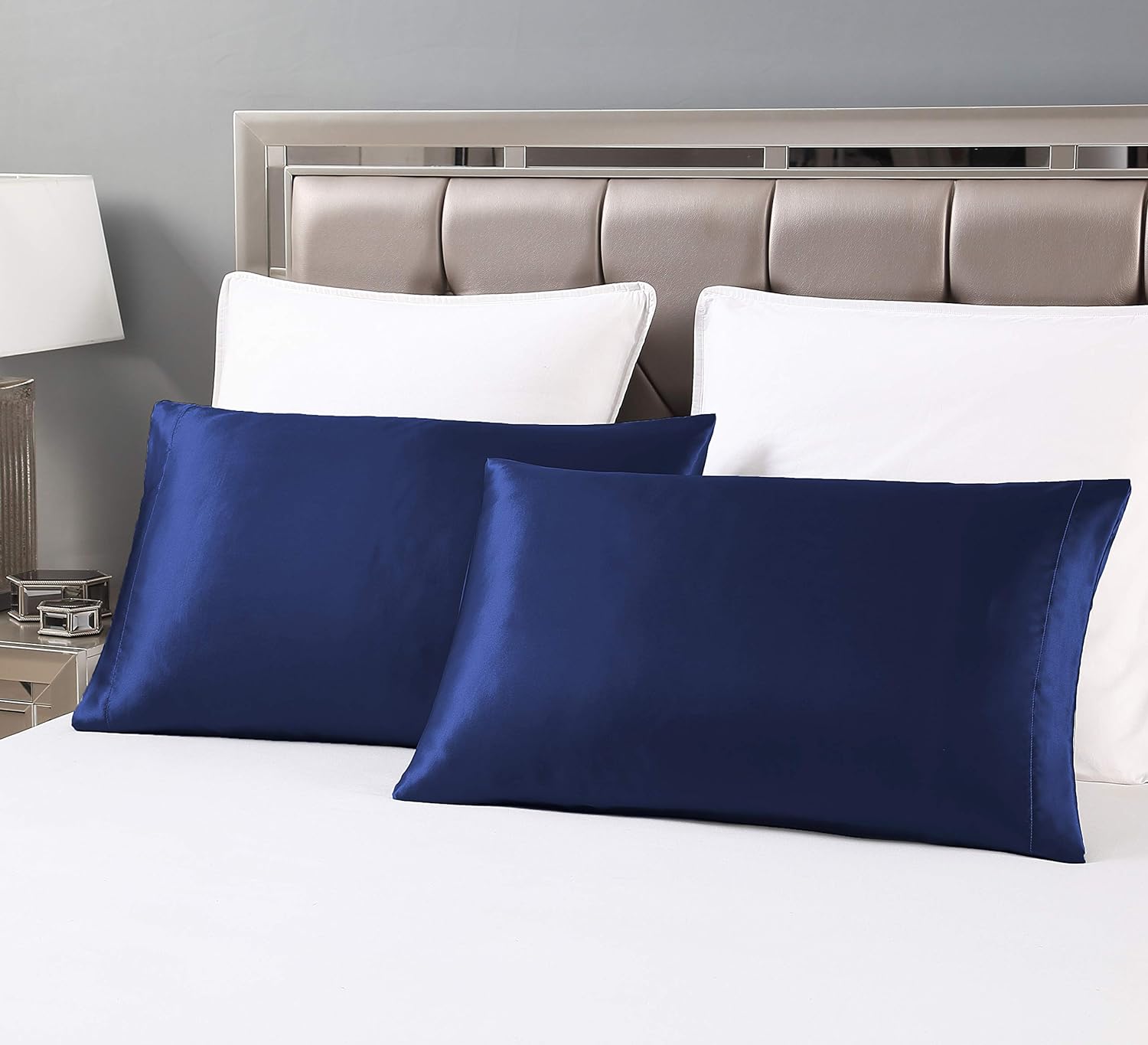

Articles
Which Is Better: Silk Or Satin Pillowcase?
Modified: January 19, 2024
Discover the pros and cons of silk and satin pillowcases in this informative article. Uncover which fabric is superior for ultimate comfort and hair health.
(Many of the links in this article redirect to a specific reviewed product. Your purchase of these products through affiliate links helps to generate commission for Storables.com, at no extra cost. Learn more)
Introduction
Sleep is essential for our overall well-being, and investing in a high-quality pillowcase can greatly improve the quality of our sleep. When it comes to choosing the right pillowcase, silk and satin are two popular options that offer a luxurious and comfortable experience. But which one is better? Let’s delve deeper into the world of silk and satin pillowcases to discover their unique features and benefits.
Both silk and satin pillowcases are known for their smooth and soft texture, making them gentle on the skin and hair. However, there are some key differences in terms of material, benefits, and drawbacks. Understanding these distinctions will help you make an informed decision and find the perfect pillowcase that suits your needs and preferences.
In this article, we will compare the two fabrics and explore the various advantages and disadvantages of silk and satin pillowcases. We will also provide some guidance on how to choose the right pillowcase for you. So, let’s dive in and unravel the mysteries behind silk and satin pillowcases to determine which one reigns supreme.
Key Takeaways:
- Silk pillowcases offer hypoallergenic, temperature-regulating, and moisture-wicking properties, making them ideal for sensitive skin and hair. However, they require delicate care and come with a higher price tag.
- Satin pillowcases, while more affordable and easy to care for, may lack the breathability and luxurious feel of silk. Consider your specific needs and preferences to choose the best option for a restful night’s sleep.
Read also: 10 Superior Silk Satin Pillowcase for 2024
What is a Silk Pillowcase?
Silk pillowcases are made from natural silk fibers obtained from the cocoons of silkworms. The process of harvesting silk involves carefully unraveling the cocoons and weaving the fine threads into luxurious fabric. Silk has been valued for centuries for its smooth, lustrous texture and its ability to regulate body temperature.
One of the main properties of silk is its hypoallergenic nature. This means that silk pillowcases are less likely to cause allergies or irritate sensitive skin. The smooth surface of silk also reduces friction, which can help prevent hair breakage, tangles, and frizz. This makes silk pillowcases particularly beneficial for individuals with fragile or damaged hair.
Additionally, silk has moisture-wicking properties that help to absorb excess moisture from the skin and hair. This can be beneficial for people with oily or acne-prone skin as it helps to keep the skin dry and minimize breakouts. Silk pillowcases are also said to be gentle on facial skin, reducing the appearance of sleep lines and wrinkles.
Furthermore, silk is a natural temperature regulator, meaning it can keep you cool in the summer and warm in the winter. This can contribute to a more comfortable and restful sleep, especially for those who struggle with temperature fluctuations.
However, it is important to note that silk pillowcases require delicate care. They should be hand-washed or machine-washed on a gentle cycle using mild detergent. They should also be air-dried or ironed on a low setting to maintain their softness and smoothness.
Now that we have a better understanding of silk pillowcases, let’s explore the world of satin pillowcases in the next section.
What is a Satin Pillowcase?
Satin pillowcases, on the other hand, are made from various synthetic materials such as polyester, nylon, or rayon. They are woven in a specific way to create a smooth and glossy surface that closely resembles the luxurious texture of silk. Satin pillowcases are more affordable compared to silk and offer similar benefits in terms of hair and skin care.
Unlike silk, which is a natural fiber, satin is a type of weave. It involves a specific weaving technique called “satin weave” that produces a smooth and shiny finish on the fabric. Satin pillowcases can come in different variations such as polyester satin or charmeuse satin.
Similar to silk, satin pillowcases are often praised for their ability to reduce hair frizz, breakage, and tangling. The slippery surface of satin helps to minimize friction between the hair and the pillowcase, allowing the hair to glide smoothly as you sleep. This is particularly beneficial for people with curly or textured hair.
Satin pillowcases are also gentle on the skin and can help reduce sleep lines and wrinkles. The smooth surface of satin creates less creasing and pressure on the face, which can contribute to a more youthful and refreshed appearance.
One advantage of satin pillowcases is their low-maintenance care. They can typically be machine-washed on a gentle cycle using cold water and mild detergent. Satin pillowcases also tend to be more durable and resistant to fading compared to silk.
However, satin does not possess the same temperature-regulating properties as silk. It may not provide the same level of breathability and cooling effect during hot summer nights. Additionally, satin pillowcases may not be as hypoallergenic as silk, as synthetic fibers can be more prone to trapping allergens.
Now that we have explored the characteristics of both silk and satin pillowcases, let’s compare their benefits and drawbacks in the next sections.
Material Comparison
When comparing silk and satin pillowcases, it is essential to understand the distinction between the two. Silk refers to the natural fibers derived from silkworms, while satin is a type of weave commonly made from synthetic materials like polyester. While both fabrics offer a smooth and luxurious feel, there are some notable differences in terms of material properties.
One of the key differences lies in the breathability and temperature regulation. Silk is known for its natural temperature-regulating properties, allowing it to keep you cool in the summer and warm in the winter. The fibers of silk have a natural ability to wick away moisture from the skin, making it ideal for those with oily or acne-prone skin. On the other hand, satin does not possess the same level of breathability as silk and may not provide the same cooling effect.
Hypoallergenic properties are another factor to consider. Silk is generally hypoallergenic, meaning it is less likely to cause allergies or irritate sensitive skin. It is a natural protein-based fiber that is gentle on the skin and less likely to trap allergens. Satin, however, may not have the same hypoallergenic properties as it is made from synthetic materials which can be less breathable and more prone to trapping allergens.
When it comes to hair care, both silk and satin pillowcases are lauded for their ability to reduce hair frizz, breakage, and tangles. The smooth surface of both materials minimizes friction, allowing the hair to glide smoothly as you sleep. This can be particularly beneficial for those with delicate or damaged hair. However, silk pillowcases are often considered more advantageous for hair care due to their natural fibers and moisture-wicking properties, which can help keep the hair hydrated.
In terms of maintenance, silk pillowcases require gentle care. They should be hand-washed or machine-washed on a delicate cycle with mild detergent. Satin pillowcases, on the other hand, are generally more durable and easy to care for. They can be machine-washed on a gentle cycle using cold water.
Overall, the choice between silk and satin pillowcases boils down to personal preference and specific needs. Silk pillowcases offer natural temperature regulation, hypoallergenic properties, and superior moisture-wicking capabilities. Satin pillowcases, on the other hand, are more affordable, easier to care for, and can still provide a smooth and luxurious feel.
Now that we have discussed the material comparison, let’s explore the benefits and drawbacks of silk pillowcases in the next section.
Benefits of Silk Pillowcases
Silk pillowcases offer a range of benefits that make them a popular choice among individuals looking to enhance their sleep quality and overall well-being. Here are some of the key advantages of using silk pillowcases:
- Gentle on the Skin: Silk is a natural protein-based fiber that is exceptionally smooth and gentle on the skin. It reduces friction between the pillowcase and the face, minimizing sleep lines, wrinkles, and creases. This can contribute to a more youthful and refreshed appearance.
- Hypoallergenic: Silk pillowcases are naturally hypoallergenic, meaning they are less likely to cause allergies or irritate sensitive skin. The fibers of silk are less conducive to trapping allergens, making it a suitable option for individuals with allergies or asthma.
- Moisture-Wicking: Silk has excellent moisture-wicking properties, helping to absorb excess moisture from the skin and hair. This can be beneficial for those with oily or acne-prone skin as it helps to keep the skin dry and minimize breakouts. Silk pillowcases can also help to maintain the natural moisture balance of the hair, reducing frizz and dryness.
- Hair Care: Silk pillowcases are renowned for their hair-friendly qualities. The smooth surface of silk reduces friction and prevents hair breakage, tangles, and frizz. It also helps to preserve hairstyles and reduce the need for frequent restyling. Silk pillowcases are particularly beneficial for individuals with delicate, damaged, or curly hair.
- Temperature Regulation: Silk is a natural temperature regulator, helping to keep you cool in the summer and warm in the winter. It allows air to circulate and dissipate body heat, providing a more comfortable and restful sleep experience.
- Luxurious and Comfortable: Silk pillowcases are synonymous with luxury and indulgence. Their smooth and lustrous texture offers a sense of comfort and elegance, making your sleep experience feel more luxurious.
It is important to note that the benefits of silk pillowcases may vary depending on the quality of the silk and the type of weave used. Pure mulberry silk is considered the highest quality, as it is soft, durable, and produces the most effective results.
Now that we have explored the benefits of silk pillowcases, let’s discuss the drawbacks of this popular bedding option in the next section.
When choosing between silk and satin pillowcases, consider your hair and skin type. Silk is more breathable and better for sensitive skin, while satin can help reduce frizz and hair breakage.
Read more: Satin Vs Matte Paint: Which Is Better Where?
Benefits of Satin Pillowcases
Satin pillowcases offer a range of benefits that make them a popular choice among individuals seeking a comfortable and luxurious sleep experience. Here are some of the key advantages of using satin pillowcases:
- Smooth and Soft Texture: Satin pillowcases are known for their silky smooth texture, closely resembling the luxurious feel of silk. The smooth surface helps to reduce friction, allowing the hair and skin to glide effortlessly, minimizing hair breakage and skin irritation.
- Hair-Friendly: Satin pillowcases are particularly beneficial for hair care. The slippery surface of satin minimizes friction, preventing hair tangles, frizz, and breakage. This is especially advantageous for individuals with curly, delicate, or fragile hair, as it helps to preserve hairstyles and maintain hair health.
- Gentle on the Skin: Satin pillowcases are gentle on the skin, reducing the likelihood of sleep lines and facial creases. The smooth surface of satin helps to prevent the skin from pulling and tugging, contributing to a more youthful and rested appearance.
- Affordable Option: Compared to silk pillowcases, satin pillowcases are more affordable, making them accessible to a wider range of individuals. They offer many of the same benefits as silk at a fraction of the cost.
- Durable and Easy to Care for: Satin pillowcases are generally more durable and resistant to fading compared to silk. They can withstand regular machine-washing on a gentle cycle, making them easy to maintain and care for.
- Wide Variety of Colors and Patterns: Satin pillowcases come in a wide range of vibrant colors and patterns, allowing you to personalize your bedding and match it with your bedroom decor.
It is important to note that satin pillowcases made from synthetic materials may not possess the same breathability and temperature regulating properties as silk. Additionally, synthetics can be more prone to trapping allergens, so individuals with allergies or sensitive skin should take this into consideration.
Now that we have explored the benefits of satin pillowcases, let’s discuss the drawbacks of this popular bedding option in the next section.
Drawbacks of Silk Pillowcases
While silk pillowcases offer numerous benefits, it is important to consider the drawbacks associated with this luxurious bedding option. Here are some potential drawbacks of using silk pillowcases:
- High Cost: Silk pillowcases are generally more expensive compared to other bedding materials. The high cost can be a deterrent for some individuals, especially those on a tight budget.
- Delicate Care: Silk requires delicate care to maintain its softness and integrity. Silk pillowcases should be washed by hand or on a gentle cycle with mild detergent, and they should be air-dried or ironed on a low setting. This extra care may be time-consuming or inconvenient for some individuals.
- Less Durable: While silk pillowcases are known for their luxurious feel, they are relatively less durable compared to satin or other synthetic materials. Silk fibers are delicate and can be prone to fraying or wearing out over time.
- Susceptible to Stains: Silk is more susceptible to stains compared to synthetic materials. It is important to be cautious while using silk pillowcases to prevent any spills or stains that may be difficult to remove.
Despite these drawbacks, many individuals find that the benefits of silk pillowcases outweigh the potential downsides. However, it is important to consider your personal preferences, budget, and lifestyle before making a decision.
Now let’s explore the drawbacks of satin pillowcases in the next section.
Drawbacks of Satin Pillowcases
While satin pillowcases offer several benefits, it is important to consider the potential drawbacks associated with this popular bedding option. Here are some of the key drawbacks of using satin pillowcases:
- Lack of Breathability: Satin pillowcases made from synthetic materials like polyester or nylon may lack the breathability of natural fabrics like silk. This can lead to trapped heat and moisture, potentially causing discomfort or exacerbating certain skin conditions.
- Less Moisture-Wicking: Satin pillowcases, especially those made from synthetic materials, may not have the same moisture-wicking properties as silk. This means they may be less effective at absorbing excess moisture from the skin and hair.
- Potential Allergies: Synthetic satin pillowcases may be more likely to trap allergens such as dust mites or pollen. This can be problematic for individuals with allergies or respiratory sensitivities.
- Less Luxurious Feel: While satin pillowcases can offer a smooth and glossy texture, they may not provide the same luxurious feel as silk. Silk is known for its unrivaled softness and lustrous appearance.
- Possible Pilling: Satin pillowcases, especially those made from lower-quality materials, may be more prone to pilling, which can affect their overall look and feel.
- Shorter Lifespan: Compared to silk pillowcases, satin pillowcases made from synthetic materials may have a shorter lifespan. They can be more prone to wear and tear, fading, and losing their smoothness over time.
It is important to note that the drawbacks of satin pillowcases can vary depending on the quality of the fabric and the specific type of satin used.
Despite these potential drawbacks, satin pillowcases can still provide a comfortable and affordable option for those seeking a smooth and hair-friendly bedding choice.
Now that we have explored both the benefits and drawbacks of silk and satin pillowcases, let’s move on to discussing how to choose the right pillowcase for you.
Choosing the Right Pillowcase for You
When it comes to selecting a pillowcase that meets your needs and preferences, there are a few factors to consider. Here are some tips to help you choose the right pillowcase:
- Material: Consider the properties of both silk and satin pillowcases and determine which material aligns better with your requirements. If you prioritize natural fibers, temperature regulation, and hypoallergenic properties, silk might be the ideal choice. If affordability and easy care are important to you, satin may be a more suitable option.
- Quality: Whether you opt for silk or satin, prioritize high-quality materials. Look for silk pillowcases made from 100% pure mulberry silk, as this is considered the highest quality. For satin pillowcases, choose those made from tightly woven synthetic materials for better durability and a smoother feel.
- Your Hair and Skin Needs: Consider your unique hair and skin concerns when choosing a pillowcase. If you have delicate, damaged, or curly hair, silk pillowcases may provide better hair protection. If you have oily or acne-prone skin, silk’s moisture-wicking properties can help keep your skin dry. Assess your specific needs and choose accordingly.
- Comfort and Preference: Take into account your personal comfort and preferences. Consider the texture, feel, and luxuriousness of the pillowcase material. Some individuals may prefer the smoothness of silk, while others find satin equally comfortable. Choose a pillowcase that you enjoy resting your head on for a peaceful night’s sleep.
- Budget: Consider your budget when selecting a pillowcase. Silk pillowcases tend to be more expensive than satin, so determine what you are willing to invest in your bedding accessories.
- Care and Durability: Factor in the care instructions and durability of the pillowcase. If you prefer low-maintenance options, opt for satin pillowcases that are machine-washable and can withstand regular use. If you are willing to put in the effort for delicate care, silk pillowcases can provide a longer lifespan.
Ultimately, the right pillowcase is a matter of personal preference. Consider your specific needs, budget, and desired level of comfort to make an informed decision.
Now that we have examined the various aspects of choosing a pillowcase, let’s conclude our discussion.
Read more: What To Look For In A Silk Pillowcase
Conclusion
Choosing the right pillowcase can have a significant impact on your sleep quality, hair health, and skin care regimen. Silk and satin pillowcases offer luxurious and comfortable options, each with their own unique benefits and drawbacks.
Silk pillowcases, made from natural silk fibers, provide a smooth and lustrous surface that is gentle on the skin and hair. They offer hypoallergenic properties, temperature regulation, and moisture-wicking capabilities. However, silk pillowcases require delicate care and come with a higher price tag.
Satin pillowcases, usually made from synthetic materials, offer a similar smooth and soft texture. They are more affordable, durable, and easy to care for. Satin pillowcases can help reduce hair frizz, tangles, and sleep lines. However, they may not possess the same breathability and hypoallergenic properties as silk.
When choosing between silk and satin pillowcases, it is important to consider your personal needs and preferences. Assess your hair type, skin concerns, comfort preferences, and budget to determine which material aligns best with your requirements.
Regardless of your choice, investing in a high-quality pillowcase can greatly enhance your sleep experience and overall well-being. Remember to choose a reputable brand and prioritize materials that are gentle on your hair and skin.
So, whether you opt for the luxurious feel of silk or the affordability of satin, a high-quality pillowcase can contribute to a restful night’s sleep and promote healthier hair and skin.
Now that you are armed with knowledge about silk and satin pillowcases, go ahead and make a decision that will complement your sleep routine and help you wake up feeling refreshed and revitalized.
Frequently Asked Questions about Which Is Better: Silk Or Satin Pillowcase?
Was this page helpful?
At Storables.com, we guarantee accurate and reliable information. Our content, validated by Expert Board Contributors, is crafted following stringent Editorial Policies. We're committed to providing you with well-researched, expert-backed insights for all your informational needs.
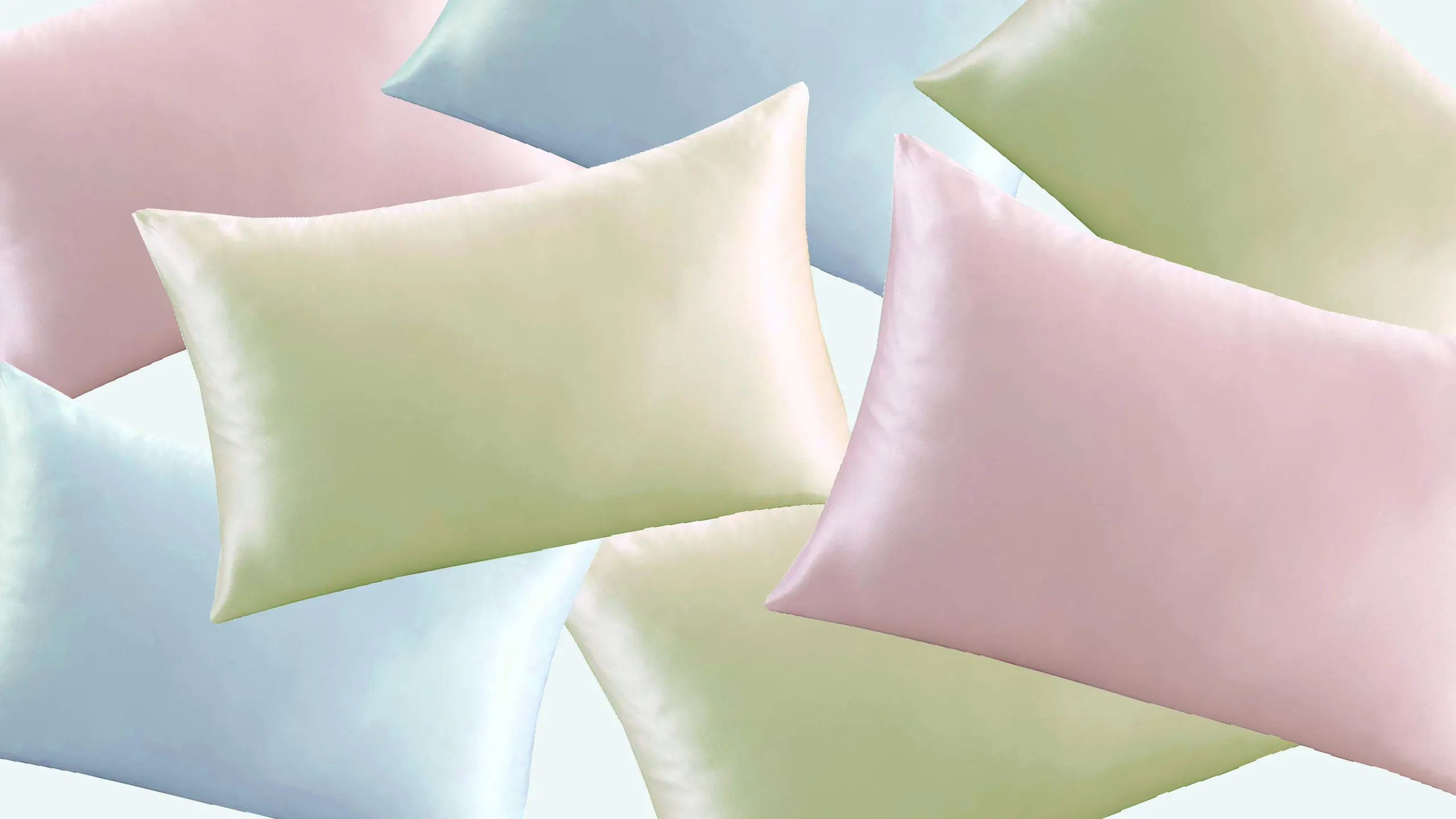
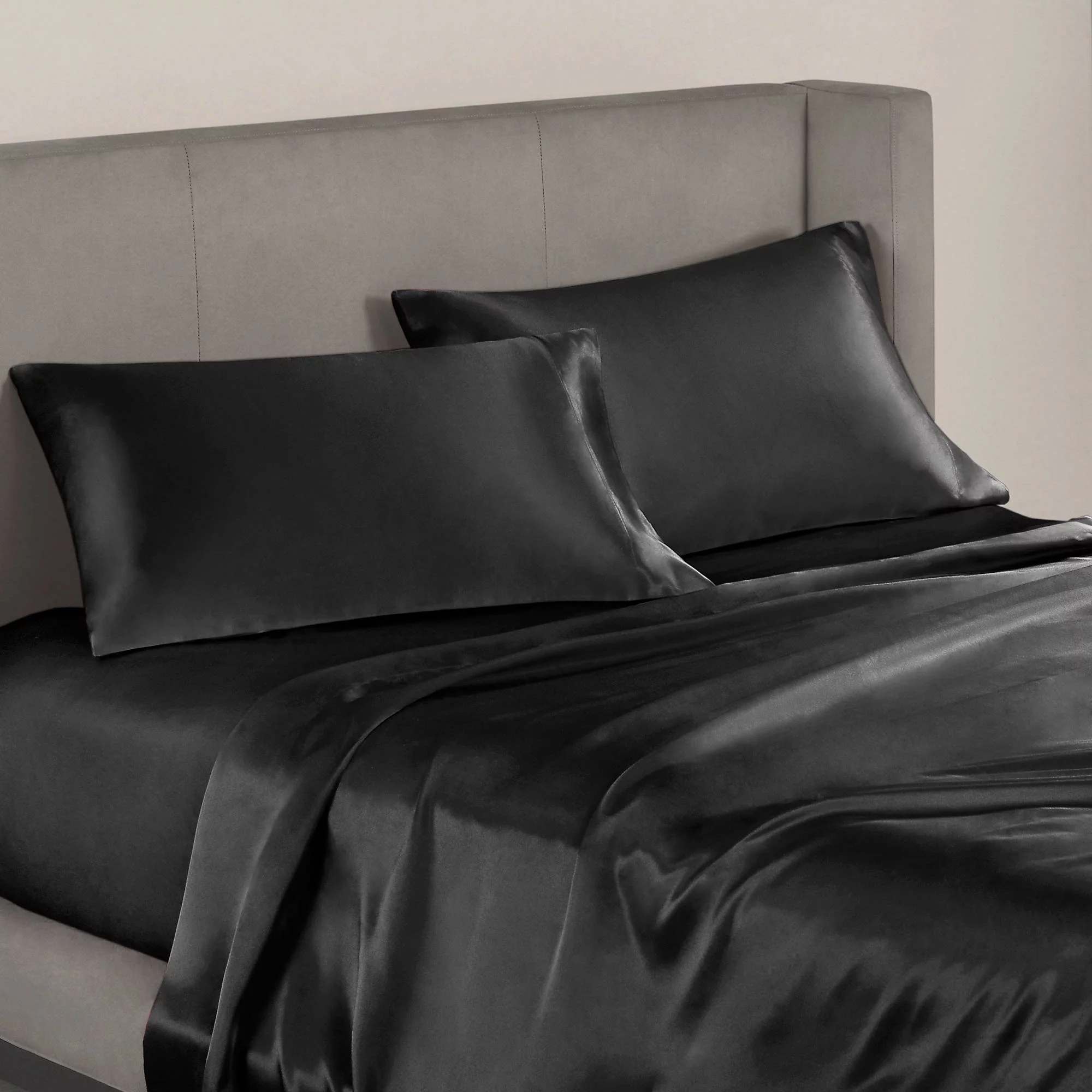
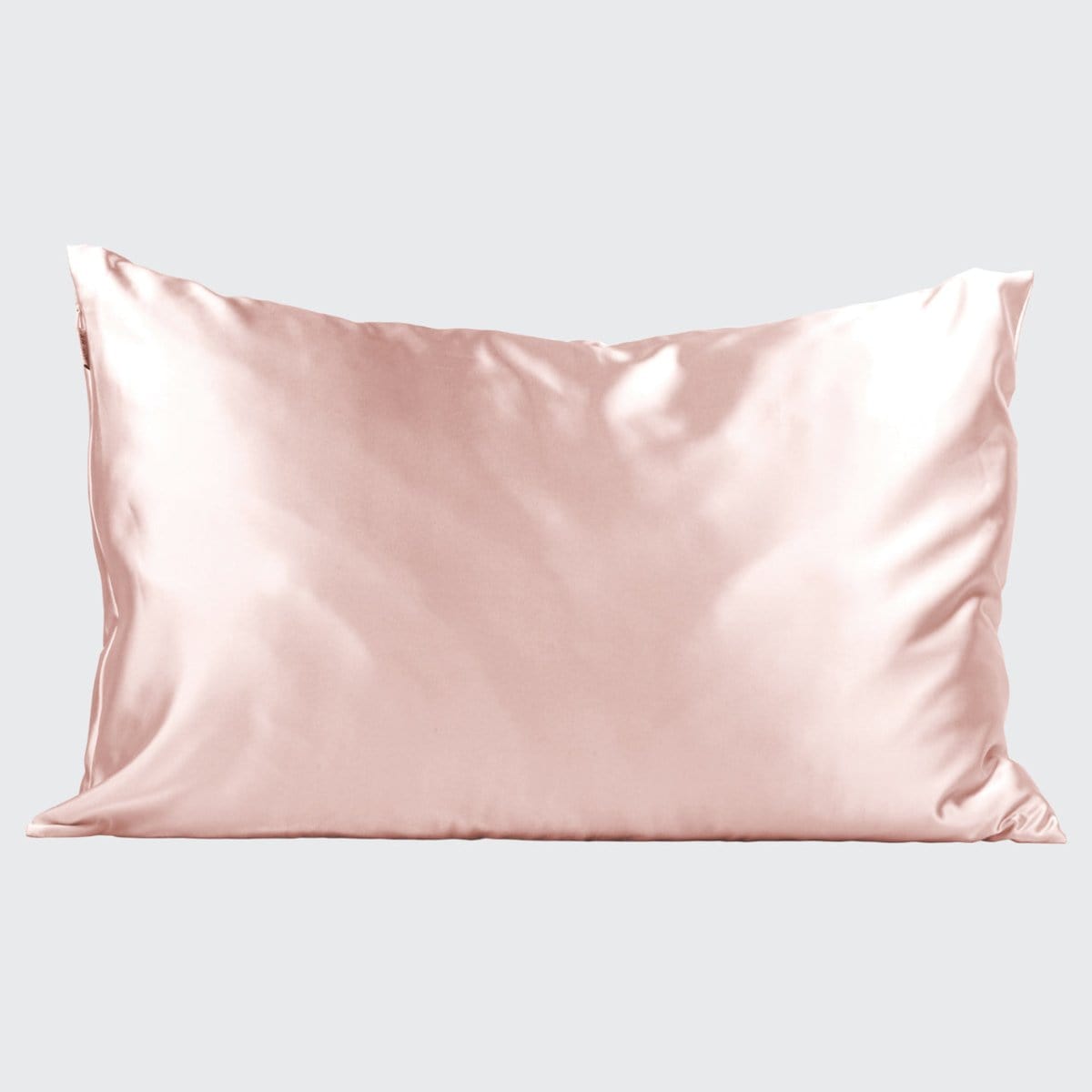
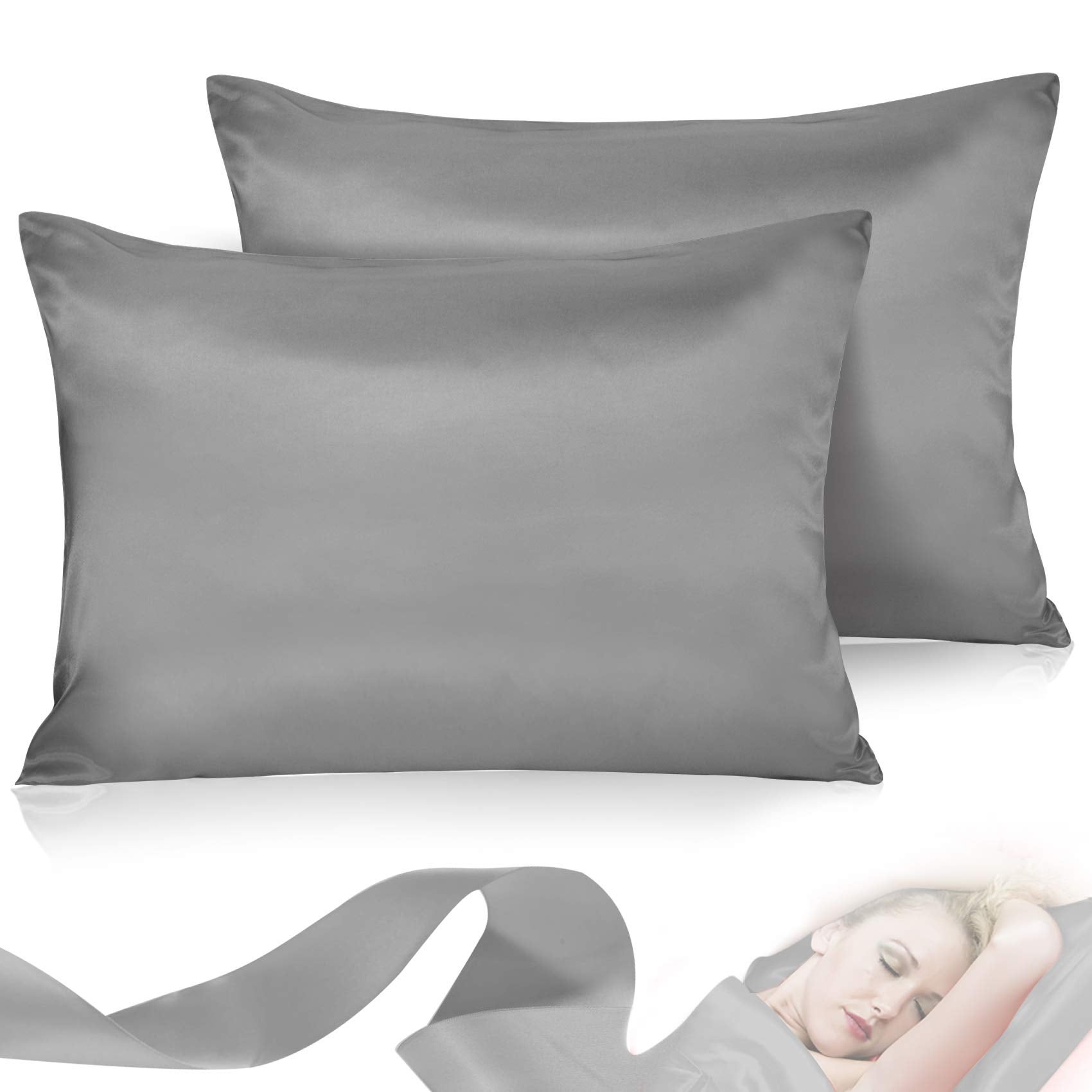
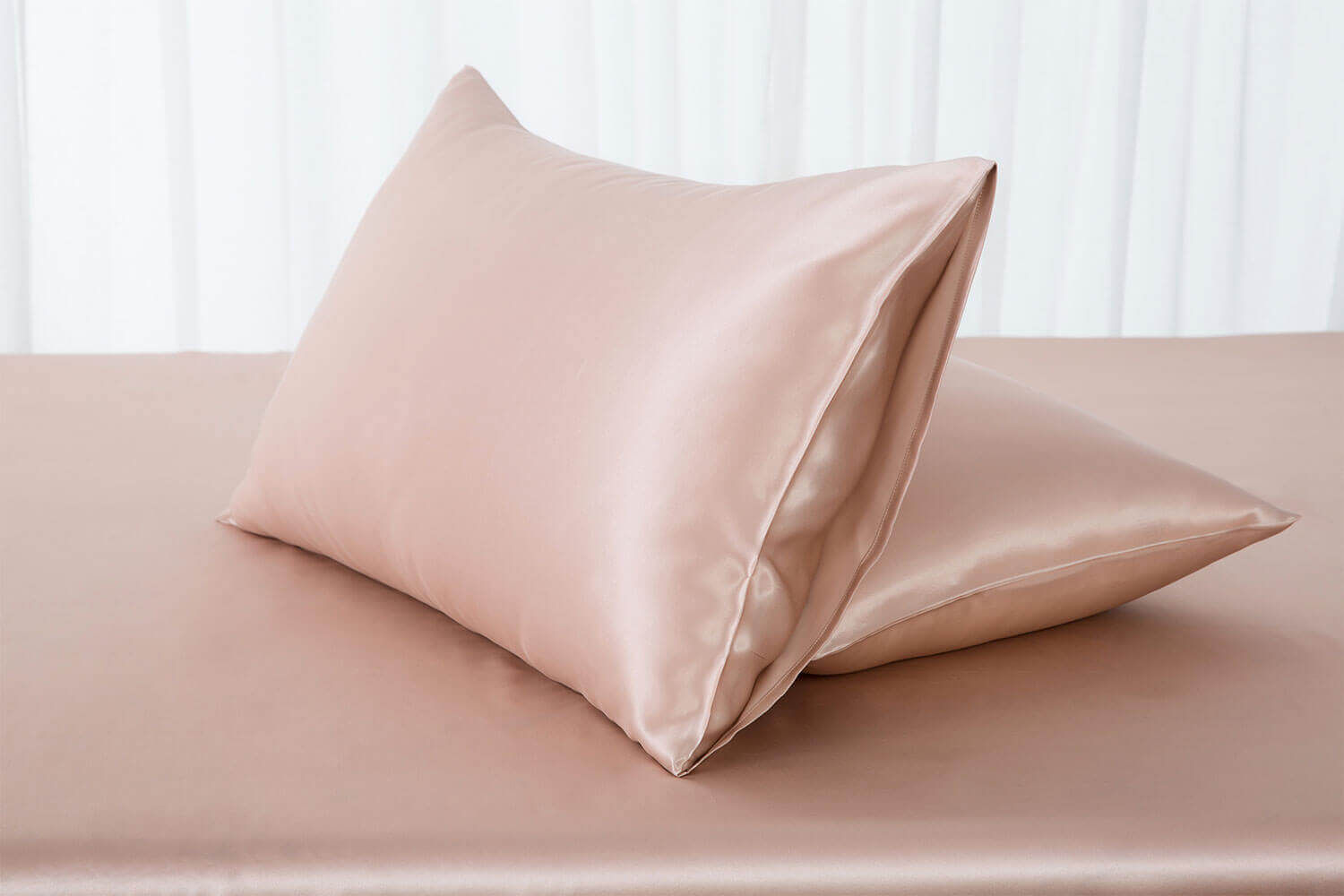
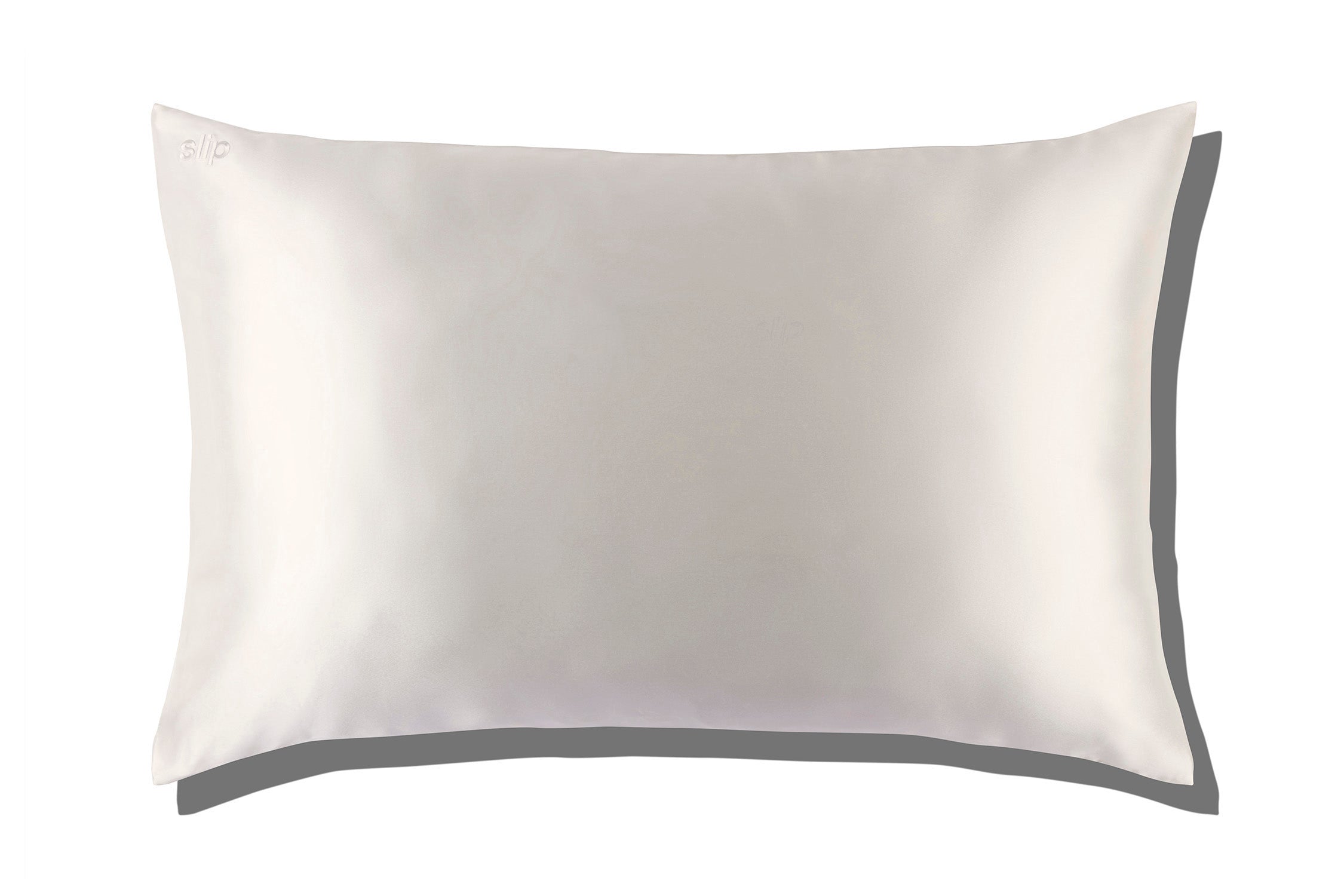
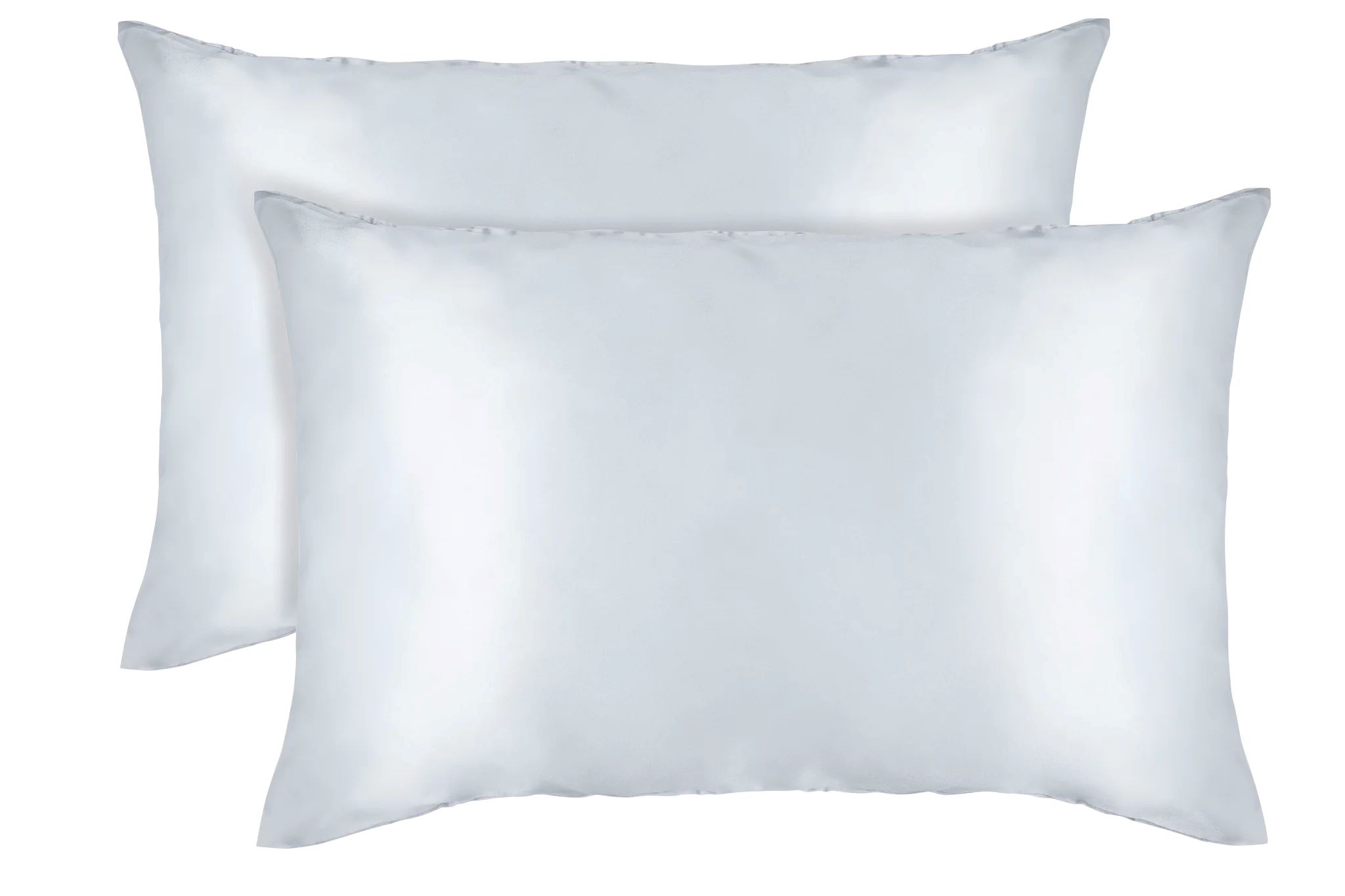
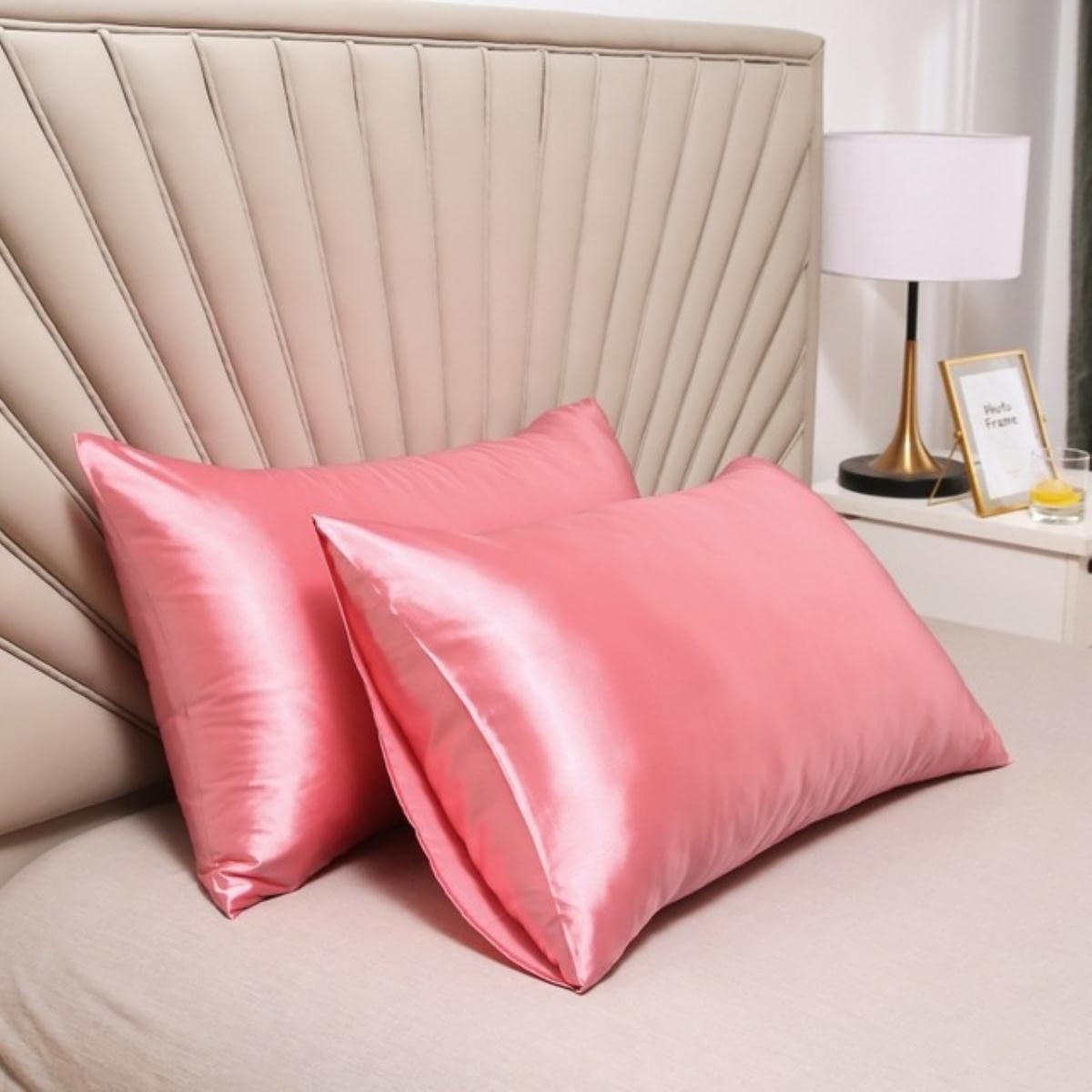

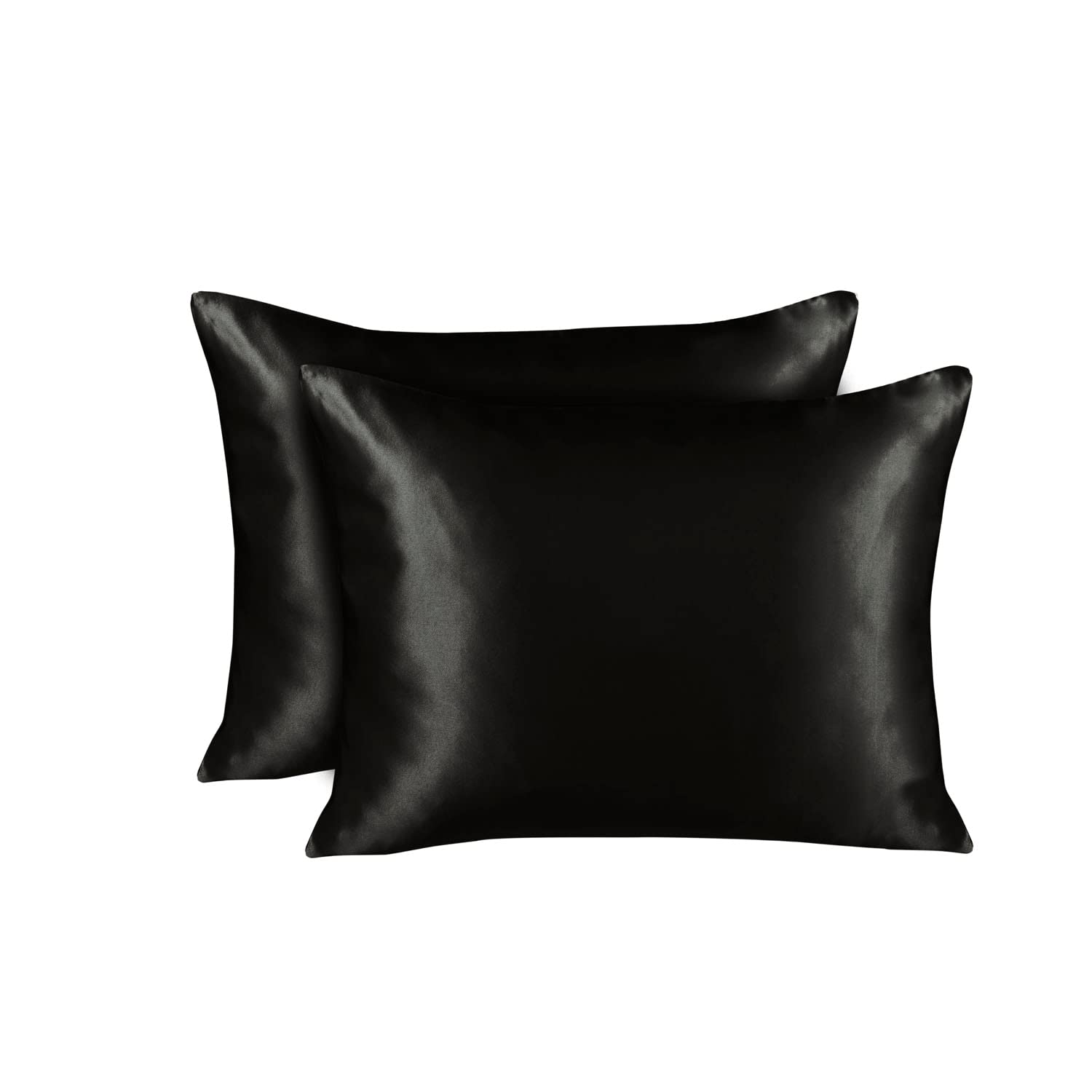
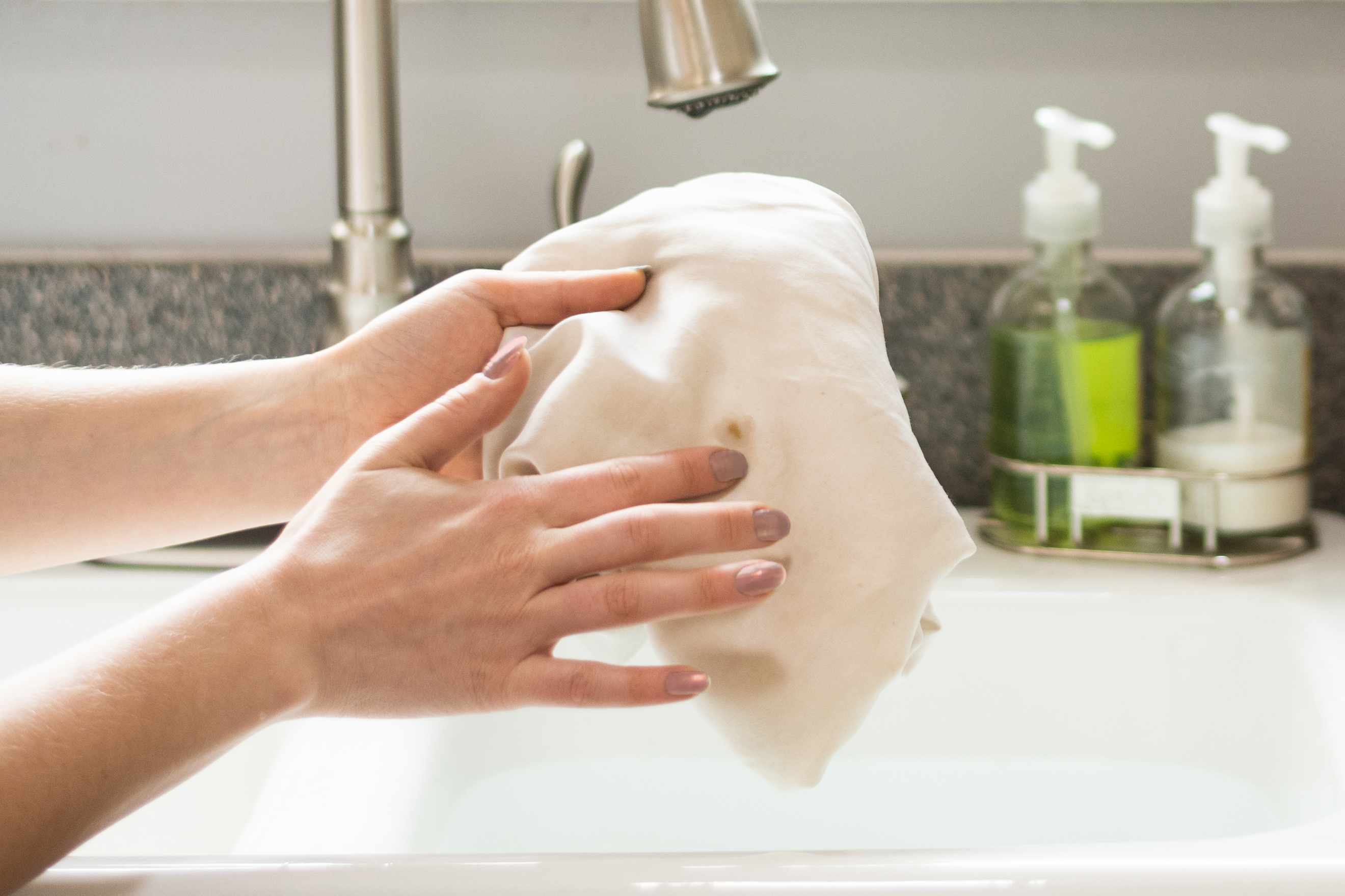
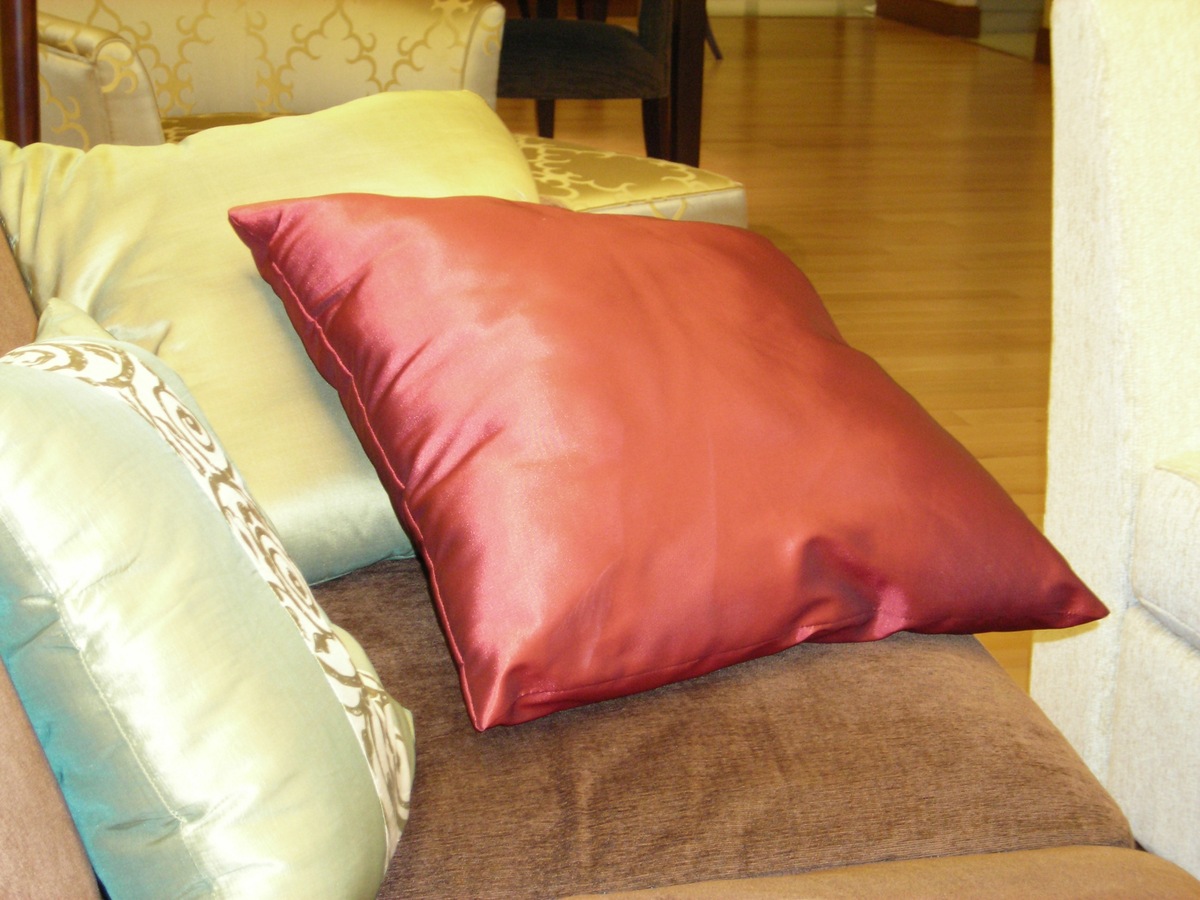
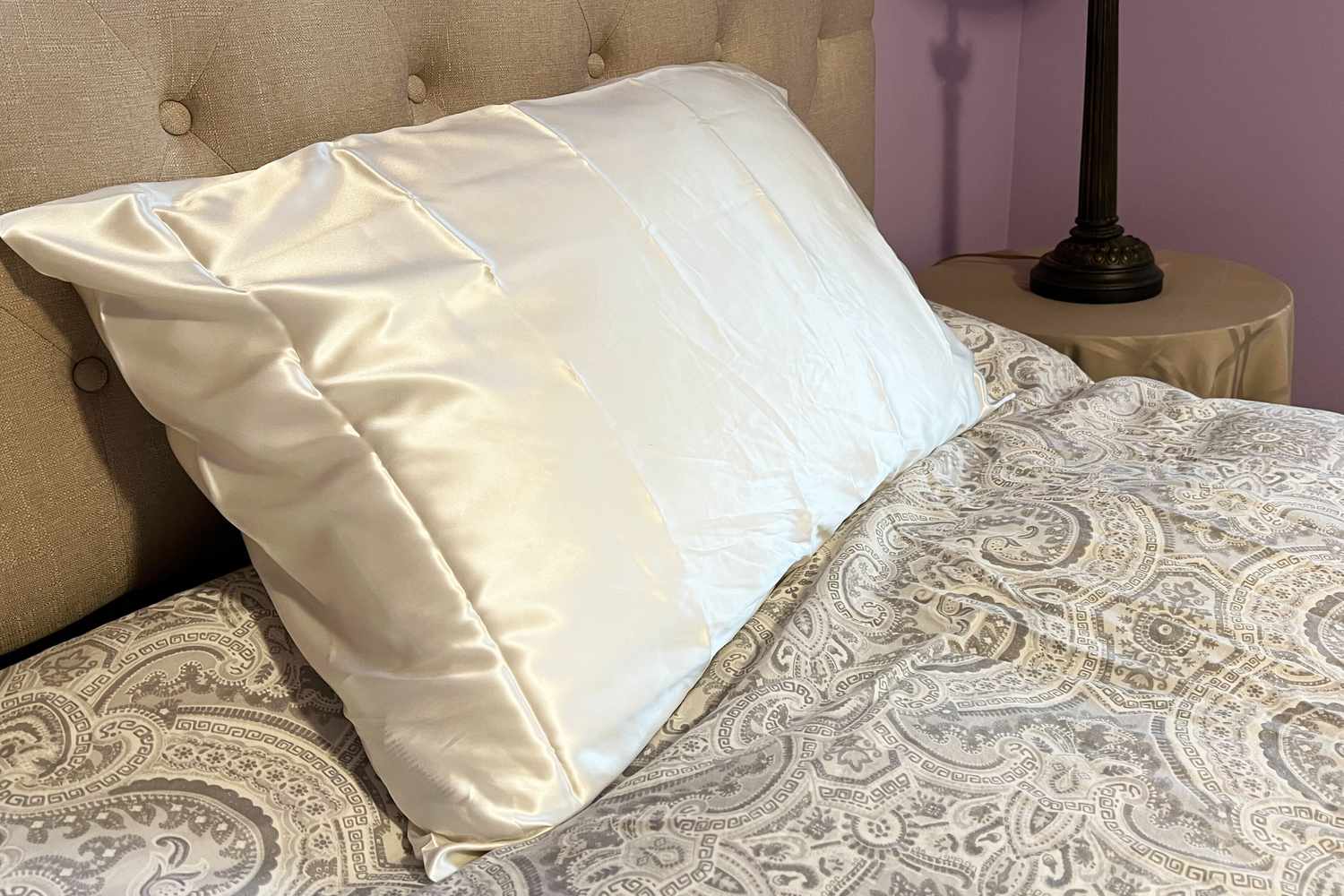

0 thoughts on “Which Is Better: Silk Or Satin Pillowcase?”